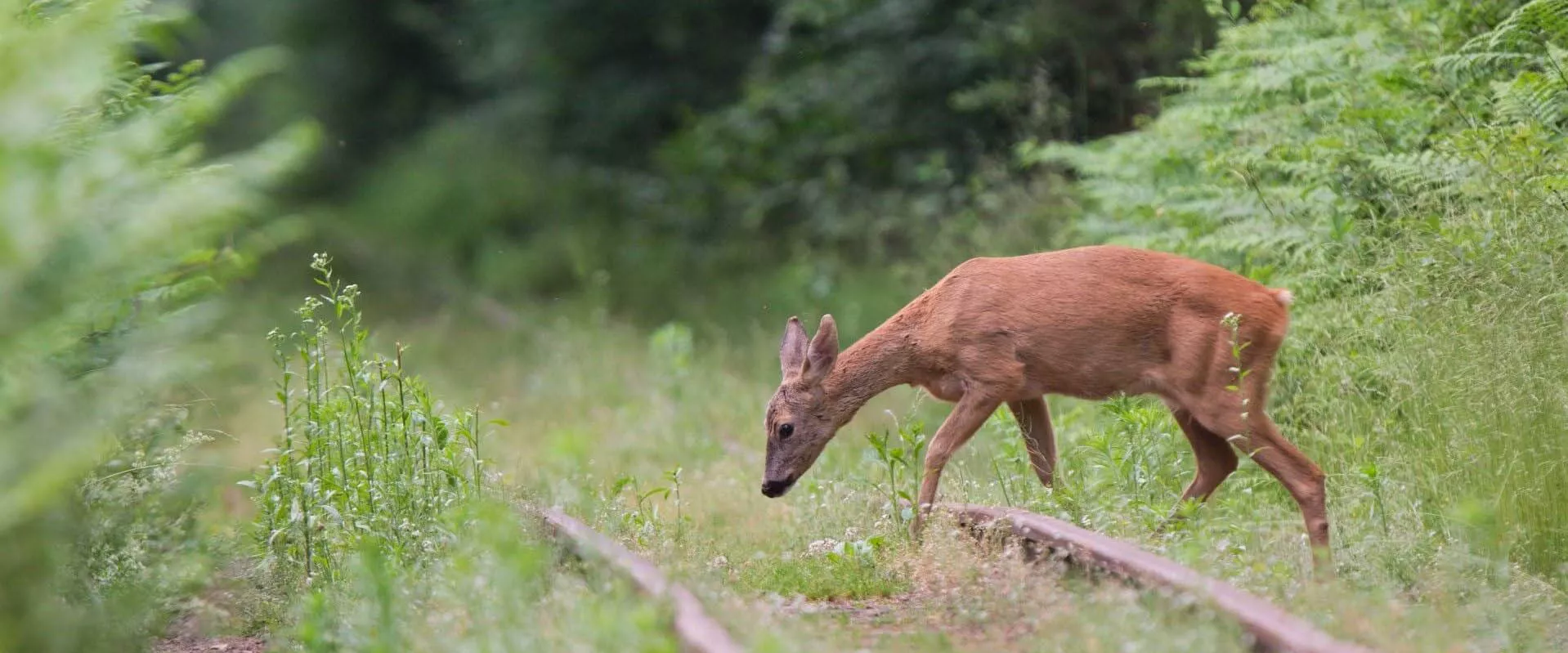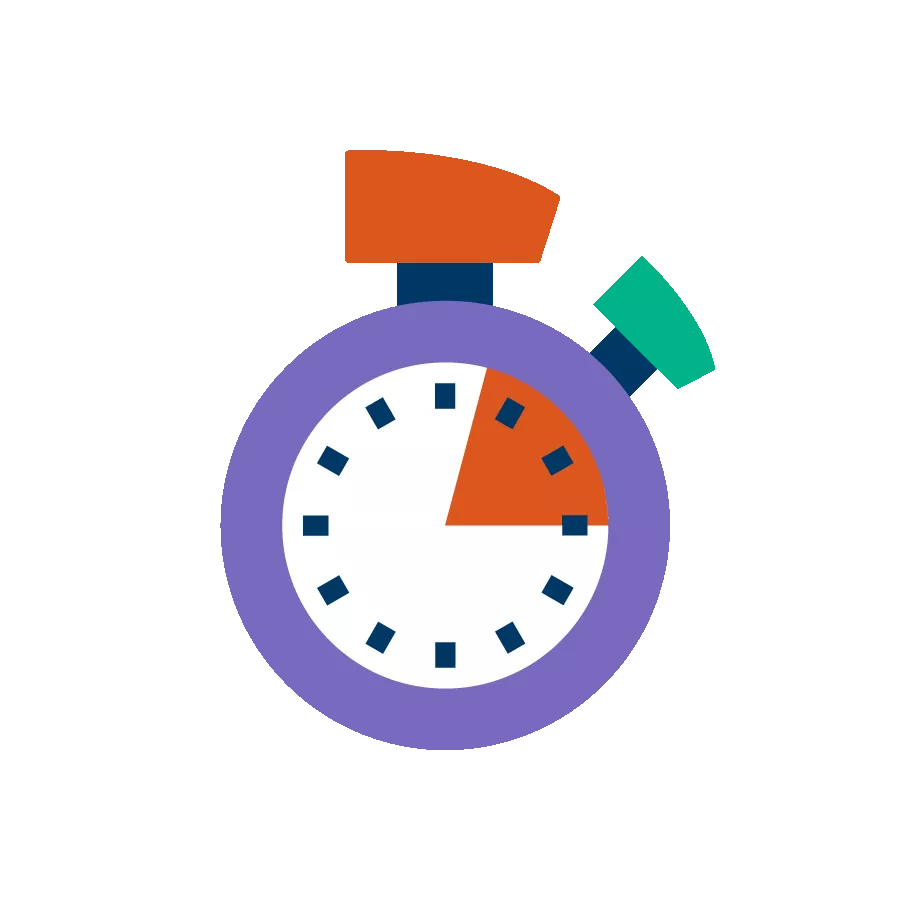
Meet our wildlife managers
All year long, our wildlife regulators survey the areas surrounding the tracks in order to ensure safety and regularity on our railway lines. Discover the work of our experts on wild boars, deer, and other burrowing animals.

Collisions caused us to lose
302,343
minutes across the network in 2024

2,562
animals were struck in 2024

It cost us
€2.17 m
in equipment and labor (excl. high-speed trains) in 2024
Our goal: avoid collisions
Animals on rail property are a safety threat. A collision with a large mammal—a deer or wild boar—can cost up to €150,000 and cause hours of delay for a line and all the trains running on it.
Our solution is a concrete collision prevention plan in which our wildlife managers play a key role. These 39 managers, who focus largely on our high-speed lines, monitor trackside spaces and make sure animals stay off embankments and tracks.
Innovative prevention
Wildlife managers draw on a variety of resources to keep animals out of our infrastructure:
- regular site visits to detect signs of animal presence and discourage them from entering our property
- advanced detection methods, including infrared and thermal cameras
- alarms and other repellent systems to scare animals off
- fences and wildlife deterrent mats, e.g. strail-grid systems1
- Faun’Traps®—large cages placed along fence lines that redirect animals caught to exits that take them off railway property2
- reinforced fencing for high-speed lines with exterior panels buried in the ground to deter burrowing animals
- animal relocation efforts
Protecting animals
While large animals such as deer and wild boar can cause collisions, unwelcome visitors also include small burrowing animals like badgers and rabbits—pests that damage embankments and can also impact nearby crops.
Our wildlife managers meet with local hunters, farmers, and residents to raise awareness of the threats animals pose to the rail system and work with them to develop solutions that respect biodiversity.